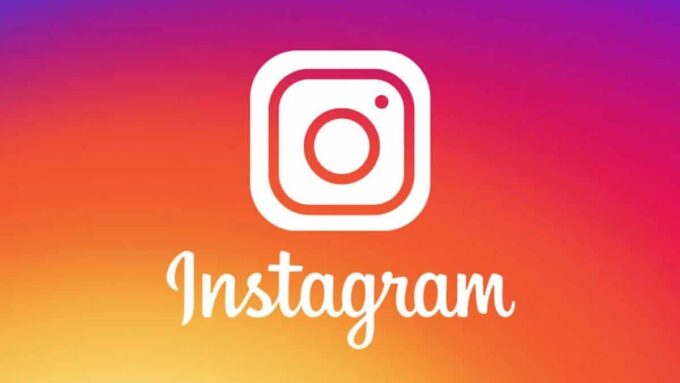A significant amount of activity occurs on the internet within a minute, but this is only true if ensuring your content stands out online is a top priority.
The internet has approximately 4.4 billion users globally, and an enormous amount of activity takes place within a minute online. In 2025, it is becoming increasingly challenging to make your content stand out. The statistics are astounding, with an estimated 2.5 quintillion bytes of data being produced daily.
Difficult Period for Website Owners and Content Creators
In today’s digital age, the abundance of content available online is making it increasingly challenging for website owners to distinguish their site from the vast sea of existing pages on the web. To attract visitors and retain engagement, investing in web marketing and Search Engine Optimization (SEO) is essential. Moreover, given the internet’s global reach, utilizing highly targeted keywords, can make your marketing efforts more effective. It is crucial to incorporate specific terms, including geographic locations, to achieve optimal results.
Despite targeted SEO strategies, content creators are facing tough times as they struggle to attract visitors to their sites. To succeed, creators must continually devise innovative ways to capture users’ attention. To put this into perspective,
Youtube

In 2006, Google’s acquisition of YouTube proved to be a wise investment. Today, YouTube has established itself as the world’s largest online video streaming platform, delivering an incredible one billion hours of content each day, equivalent to 694,444.44 hours per minute. This is more than what Netflix and Facebook combined provide.
However, for this content to exist, it must be created in the first place, and a staggering 500 hours of video are uploaded to YouTube every minute. As the second biggest search engine globally, YouTube offers a tremendous opportunity for creators to attract visitors to their websites and enhance their online presence by producing their video content.

Google, with its extensive array of services, has come a long way from its humble beginnings as a search engine. It is now recognized as one of the world’s top ten companies. In fact, Google has become so ubiquitous that it has coined a proprietary eponym – instead of saying “search,” people commonly say “Google.”
Google processes an astounding 4.4 million search results every minute, making it critical for companies to appear at the top of the search listings for relevant terms to attract visitors to their websites.
Email communications

The internet is not only used for accessing media and information but also as a primary method of communication. In just one minute, a whopping 294 billion emails are sent and received worldwide. Setting up an email subscriber list can help you stay in contact with your clients and encourage sign-ups on your website. Platforms like Mailchimp offer free and paid easy-to-use mailing lists.
From its beginnings in a Harvard University dorm room, Facebook has become one of the world’s most recognizable and successful brands, with an estimated 2.7 billion active users. Despite suffering setbacks, 1.2 million users log onto the platform every minute. Having a company Facebook page is a must for staying in touch with clients and keeping them updated on company news.

Facebook bought Instagram in 2012 to curb the platform’s growing encroachment into Facebook’s popular service of photo sharing. In 2020, Instagram had approximately 1 billion active users who shared an estimated 95 million photos and videos every day, equating to 65,972 per minute. Engaging photo content on Instagram can showcase your company’s products and services.
For many years, Twitter was seen as the poor relative among major social channels and struggled to turn a profit. However, with a growing number of celebrities using the app to engage directly with their fans (including former US President Donald Trump), user numbers in 2020 soared. Around 350 million tweets are shared every minute by its 330 million active users. Regular tweeting can help raise your company profile and keep in touch with your followers.

As the world switched off from SMS texting and mobile internet became the norm, the popularity of messaging apps exploded, with WhatsApp coming to the fore. WhatsApp is now the most popular messaging app, with an estimated 2 billion users worldwide, creating an incredible 54 million messages per minute. Despite competition from Facebook Messenger (1.3 billion users) and WeChat (1.2 billion users), WhatsApp remains the messaging tool of choice for most users. Note that WhatsApp is also a Facebook company (purchased in 2014).
WordPress.Com
WordPress was launched in 2003 and has become the chosen Content Management System (CMS) for bloggers worldwide. In 2020, an overwhelming 78 million WordPress posts were produced every minute. WordPress powers most CMS websites, so it’s likely you already use it to make alterations to your site. Frequent page updates can keep your customers up to date with your products and services.
What happens next
Over the past two decades, our dependence on the internet has surged dramatically, and it seems that our reliance on online resources will only continue to thrive. With the boundary between the physical and digital realms blurring, many specialists forecast that the internet will assume an even greater significance in our daily existence.
Based on current trends and advancements in technology, it’s likely that we will see continued growth in areas such as artificial intelligence, virtual reality, augmented reality, blockchain, and the internet of things. We may also see changes in the way we access and use the internet, with the increasing popularity of mobile devices and the potential for new technologies like 5G networks to bring faster and more reliable internet access to more people around the world. Additionally, we may see increased regulation and oversight of online activities as governments and other organizations grapple with issues such as privacy, cybersecurity, and online misinformation.










